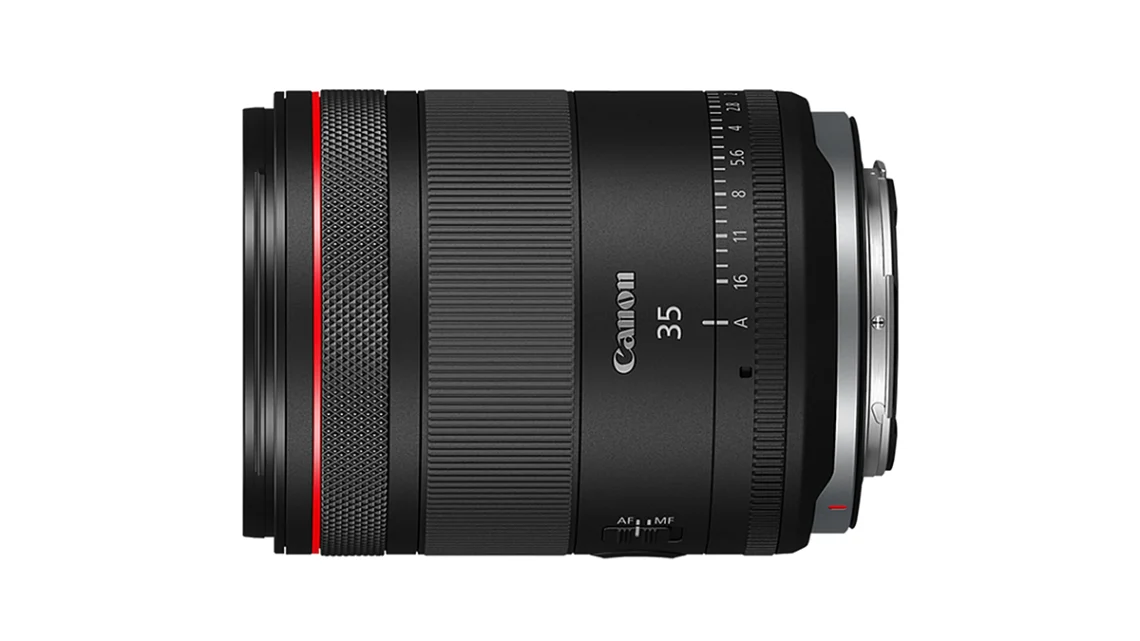
Canon RF 35mm F1.4 L VCM lens review
Key features
Highly versatile 35mm focal length
Stills/video hybrid
VCM for smooth focusing
Nano USM for floating element control
Floating element design to reduce aberrations at close range
Breathing correction
SSC and ASC coatings reduce lens flare, and ghosting
Aperture/iris collar for video
11 aperture blades
Custom function button
What is it?
The Canon RF 35mm F1.4L VCM is a high-speed, stills and video-oriented semi-wide-angle lens designed for the EOS R range of mirrorless cameras.
It's the successor to the much-vaunted EF 35mm F1.4L USM II, only it’s not quite what we were expecting. Like the Canon RF 24-105mm F2.8L, this lens is a hybrid model that appeals to both filmmakers and stills photographers. As such, it features a new voice-coil motor (VCM) for AF, a

2 Comments
Pingback:
Pingback: